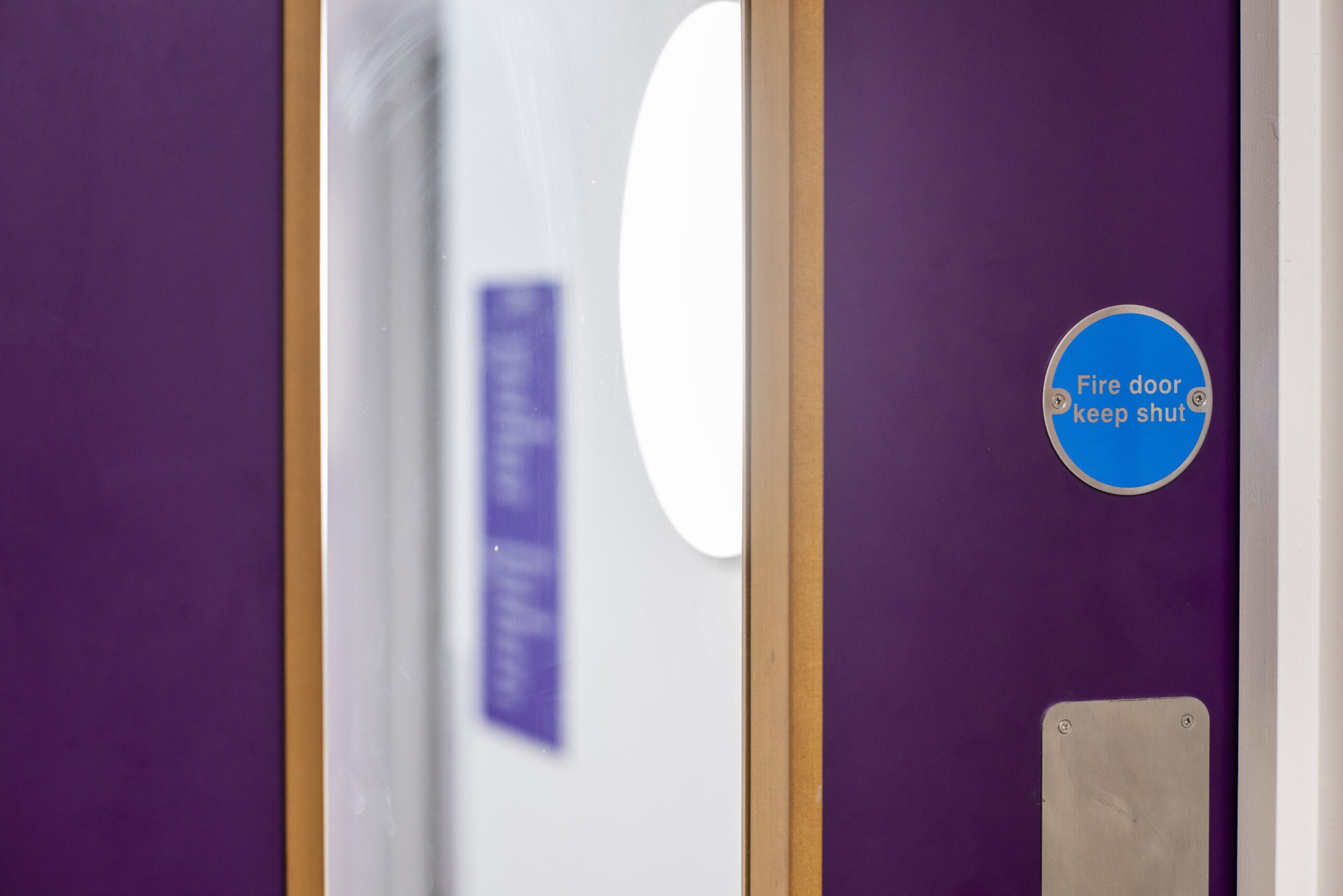Fire Doors Myths – Busted!
ASDMA are supporting Fire Door Safety Week 2019 and as such are sharing the resources they have created that are designed to inform business owners and users, as well...

It’s sometimes not easy in existing buildings to know if existing doors are adequate as fire doors to effectively hold back fire and limit smoke spread. It is clear however that adding a closer does not in itself make a fire door as required at today’s levels of expected performance. Nor can a fire door label magically convert a standard door to a fire door.
Specialist fire doors have to be specifically designed and manufactured. Fire can easily find out and exploit any slight weakness; and smoke can easily find and penetrate through any gap. A fire door has to be seen as a product system which combines several different elements, which have to be chosen to work together as a coordinated and matched combination.
That includes all materials, components and elements – many of which themselves need to be specifically developed and designed to do the fire safety job. Amongst those especially are the glass and glazing system, the various speciality seals, the door leaf itself and its structure and make-up, and the various individual pieces of hardware. The closer for example has to be chosen to close the door effectively without imposing too strong opening forces which could inhibit use of the door in day-to-day operation by users who may not have the same physical capability as most adults.
So the closer has to be carefully chosen to work with the door. And a closer that functions in one situation may not necessarily work on another fire door, in another different situation, with a different combination of other hardware elements. That’s why there is such an apparently bewildering choice of different closers now available on the market to pick from. And why it is also very much advisable to seek the specialist guidance of one well versed in closer characteristics and testing.
The principle of door system design is a key one that underpins specialist fire door prime manufacturing, in order to incorporate the wide and various variations that arise in fire door specifications. Backing the system has to be a record of continuous and progressive validation by fire resistance testing, for the specialist and bespoke manufacturer to build up a body of knowledge and know-how as a core competency of their manufacturing expertise.
Equally important is the scope of design, product and manufacturing process to be covered under the assurance envelope of independent Third-Party Product and Process Certification (TPPPC) that takes in the widest possible scope of application. Specialist and bespoke primary manufacturers simply do not think of going to market without TPPPC back-up assurance. It’s part of their core competency.